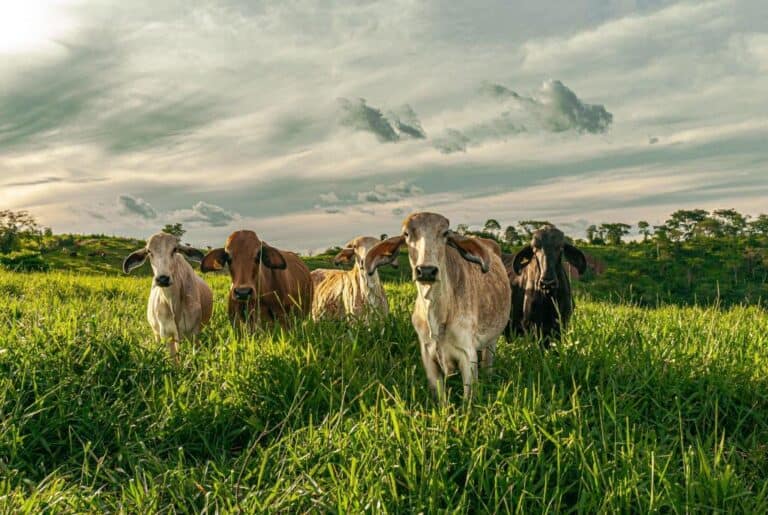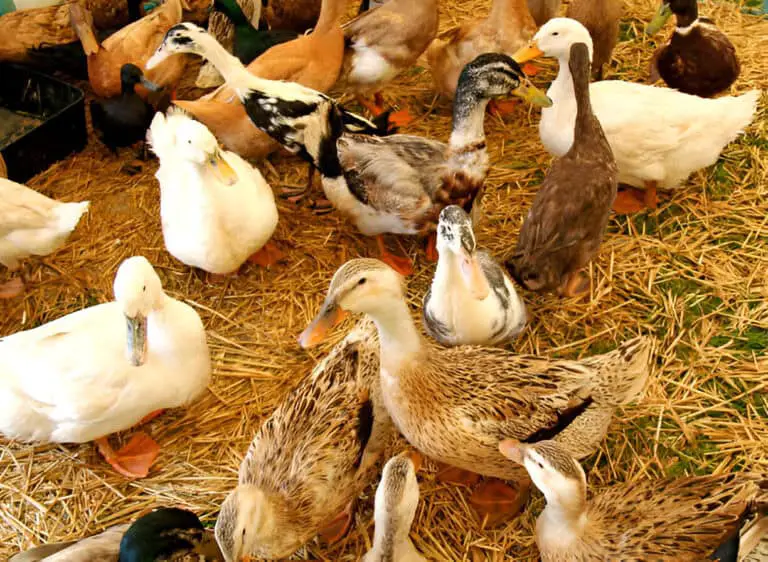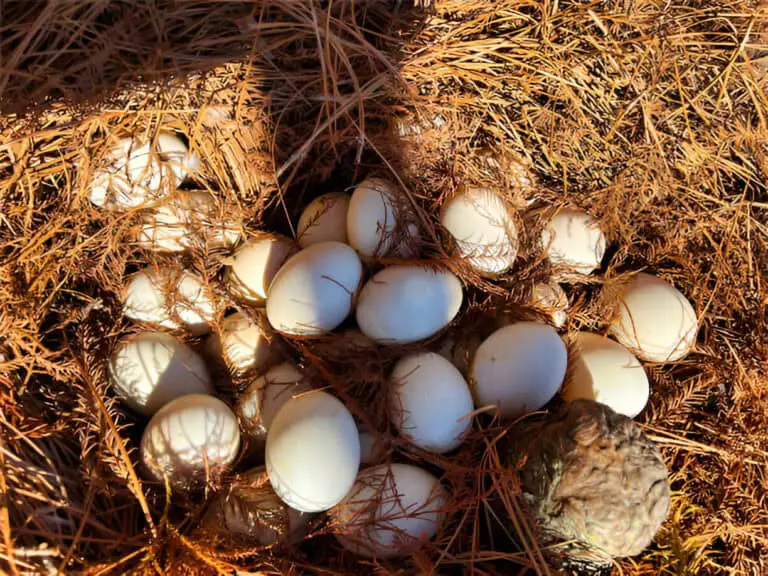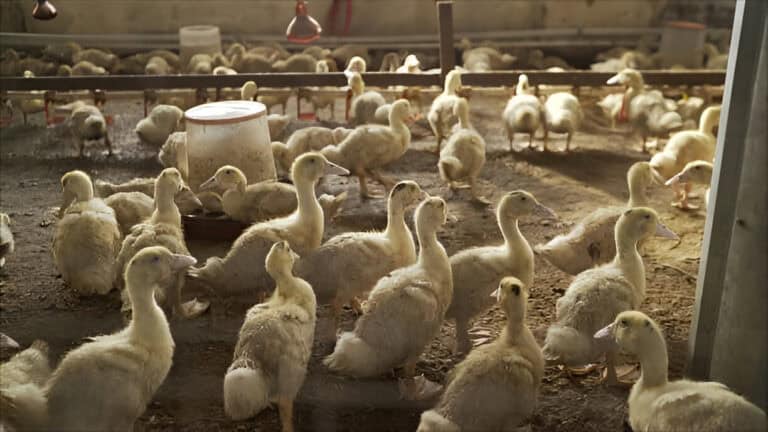Do Goats Have To Be Pregnant or Have Kids To Produce Milk?
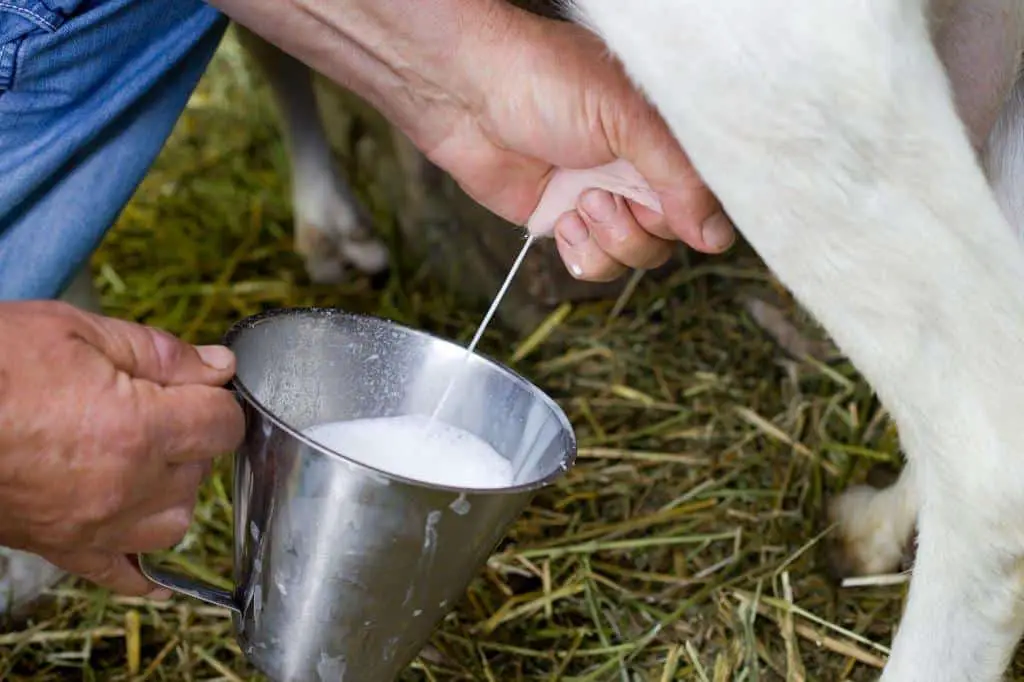
Have you ever wondered about the secret behind that creamy, nutritious glass of milk? The silky texture and rich flavor that tantalize your taste buds are the result of a remarkable process, one that involves the miraculous abilities of certain animals.
But here’s a puzzling question: do goats, those delightful creatures known for their mischievous antics, have to be pregnant or have kids in order to produce milk?
Prepare to have your curiosity satisfied as we delve into the captivating world of goat milk production. In this article, we’ll unravel the truth behind this intriguing question, exploring the fascinating biology and mechanics that govern these enchanting animals. From the intricacies of their reproductive cycles to the art of dairy farming, we’ll uncover the mysteries surrounding goat milk production.
In this article, we will delve into the intriguing world of goat milk production, exploring the anatomy and physiology of a goat’s mammary gland, the reproductive cycle of goats, the process of lactation, and much more.
Get ready to discover the surprising truth about goats and their milk—prepare to have your assumptions overturned and your knowledge expanded!
Reproductive Cycle of Goats
Understanding the reproductive cycle of goats is essential in unraveling the connection between pregnancy and milk production. Female goats, also known as does, go through an estrus cycle, which typically lasts 18 to 21 days. During this cycle, if mating occurs, fertilization can take place, leading to pregnancy. The gestation period for goats is around 150 days, after which the doe gives birth to her kids.
Lactation in Goats
Lactation is the process by which goats produce and secrete milk. After kidding, the mammary gland undergoes various physiological changes to initiate milk production. Initially, the doe produces colostrum, a highly nutritious substance that provides essential antibodies to newborn kids. As the lactation period progresses, the doe experiences a process called milk let-down, where the milk is released from the alveoli and can be harvested.
The composition of goat’s milk is quite remarkable. It contains essential nutrients such as proteins, fats, carbohydrates, vitamins, and minerals. Additionally, goat’s milk has smaller fat globules and a higher proportion of certain fatty acids compared to cow’s milk, making it easier to digest for some individuals.
Does a Goat Have to Be Pregnant to Produce Milk?
Contrary to popular belief, goats do not have to be pregnant to produce milk. Unlike cows, which typically require pregnancy to initiate lactation, goats possess a unique ability to produce milk without being pregnant.
While pregnancy naturally stimulates milk production, it is possible to induce lactation in non-pregnant goats through hormonal manipulation. This process involves administering hormones such as prolactin and estrogen to simulate the physiological changes that occur during pregnancy and initiate milk production.
This characteristic, known as precocious udder development, allows goats to start producing milk at a young age.
Precocious udder development occurs naturally in certain goat breeds, while in others, it may be induced through hormonal treatments. This ability makes goats highly efficient milk producers, as they can provide a steady supply of milk throughout the year.
Do Goats Have to Have Kids to Produce Milk?
Another common misconception is that goats must have kids in order to produce milk. While pregnancy does stimulate milk production in goats, it is not an absolute requirement. In fact, goats can continue producing milk even without having given birth.
This ability, known as lactation without pregnancy, is a remarkable trait of goats. It allows dairy farmers to maintain a constant milk supply by keeping goats in a state of lactation through proper management and nutrition.
Goat Breeds and Milk Production
Different goat breeds exhibit variations in milk production capacity. Some breeds are known for their high milk yield, making them popular choices for dairy operations. Examples of such breeds include the Saanen, Alpine, Nubian, and LaMancha. When selecting a breed for milk production, factors such as genetic potential, adaptability to local conditions, and the availability of breed-specific resources should be considered.
The Benefits of Milking Non-Pregnant Goats
Milking non-pregnant goats offers several advantages, both for farmers and consumers. Here are some of the benefits:
1. Continuous Milk Supply
By milking non-pregnant goats, farmers can ensure a year-round supply of milk. This is particularly useful for small-scale dairy operations or those located in regions with challenging breeding seasons.
2. Better Milk Quality
In some cases, milk from non-pregnant goats may have a milder flavor compared to milk from recently pregnant goats. This can be an advantage for individuals who prefer a less pronounced taste in their dairy products.
3. Increased Efficiency
Keeping goats in a state of lactation without the need for pregnancy can lead to increased efficiency in milk production. It eliminates the downtime between pregnancies and allows farmers to maximize their resources.
Managing Non-Pregnant Goats for Milk Production
To successfully manage non-pregnant goats for milk production, certain considerations need to be taken into account:
1. Proper Nutrition
Providing a balanced and nutritious diet is essential for maintaining milk production in non-pregnant goats. High-quality forage, such as grass and alfalfa, should be supplemented with a grain mix specifically formulated for dairy goats.
2. Milking Routine
Establishing a regular milking routine is crucial for stimulating milk production and maintaining udder health. Goats should be milked at the same times each day, with consistent intervals between milking sessions.
3. Udder Health
Regular udder inspections are necessary to ensure the well-being of non-pregnant goats. Proper hygiene, including cleaning the udder before milking, helps prevent infections and maintains milk quality.
4. Breeding Considerations
While non-pregnant goats can produce milk, breeding is still necessary to maintain genetic diversity and replenish the herd. Dairy farmers should carefully plan the breeding schedule to allow for proper rest and recovery for the goats while ensuring a continuous milk supply.
Conclusion
In conclusion, goats do not have to be pregnant or have kids to produce milk. They possess the unique ability for precocious udder development, allowing them to start producing milk at a young age.
Additionally, goats can continue to produce milk even without having given birth, thanks to lactation without pregnancy. This trait offers numerous benefits for both farmers and consumers, including a continuous milk supply, potentially milder flavor, and increased production efficiency.
Managing non-pregnant goats for milk production involves providing proper nutrition, establishing a regular milking routine, ensuring udder health, and carefully planning breeding schedules. By following these guidelines, dairy farmers can optimize milk production and maintain the well-being of their goats.
So, the next time you enjoy a glass of fresh goat milk or indulge in some creamy goat cheese, remember that goats are remarkable creatures capable of producing milk without the requirement of pregnancy or having kids. Their unique abilities make them valuable contributors to the dairy industry and providers of delicious and nutritious dairy products.
Whether you are a dairy farmer, a goat enthusiast, or simply curious about goat milk production, understanding the process behind milk production in goats adds to your appreciation of these amazing animals and the products they provide. Cheers to the wonders of goat milk!
FAQs
Do goats need to be bred every year to produce milk?
No, goats do not need to be bred every year. However, breeding is necessary to initiate milk production.
How often should I milk my goat?
Goats are typically milked twice a day, but the milking frequency can vary depending on various factors.
Are there any risks or side effects of inducing lactation in non-pregnant goats?
Inducing lactation in non-pregnant goats may have varying success rates and can result in lower milk yield compared to naturally lactating goats.
What is the average milk yield of a lactating goat?
The average milk yield of a lactating goat can vary depending on factors such as breed, genetics, nutrition, and management practices.
Can goats produce milk throughout the year?
Goats can produce milk throughout the year, but their milk production may be influenced by factors such as breeding cycles and environmental conditions.
Are there any specific considerations for goat milk consumption in infants or toddlers?
It is advisable to consult with a healthcare professional before introducing goat’s milk to infants or toddlers, as their nutritional needs may vary.

